



Old English comes in many forms including a lemon oil. I use the dark woods version on walnut, mahogany, most cherry wood and darker maple and pecan wood. The light formula is ideal for blonder woods like natural pine, light maple, etc. Either works wonders on restoring wood furniture.
Thank you for reading this post, don't forget to subscribe!
Two Step Process to Restore Furniture
Most furniture simply needs a good bath and a coat of Old English. I use warm water and Murphy’s Oil Soap to clean any surface dirt from furniture. Murphy’s is a great way to “feed” the wood which keeps the wood from becoming dry and brittle with age. After it’s bath, I allow the piece to dry and then I liberally apply Old English with a cotton rag.
I normally apply the Old English to the rag and rub it into the wood surface. But for more prominent scratches you can use a very fine steel wool pad to help hide the mars. You will see an immediate richness in the wood as you “feed” it with the Old English. Be careful to get into the corners and crevices of the piece to ensure an even coat over all.
Old English is a great way to quickly restore lustre to a piece of furniture. It helps disguise chips, cracks and scratches. Sometimes, it is necessary to use furniture pens to disguise deeper marks and scratches…but that is a topic for another day.

This is a solid oak china cabinet. From the layer of crud on it, it must have been stored in a barn, garage, or basement. After a bath with Murphy’s Oil Soap and a slathering of Old English, this baby is ready for a new home!

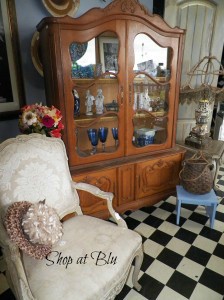
Other Furniture Restoring Projects
Here is one of the many drawers in a bedroom suite that my parents bought new when they were first married back in 1961. I recently gave this glorious MCM set a facelift. The wood was very dry so it soaked up all of the Old English and really took on a refreshed look.


<!-
– /wp:image –>








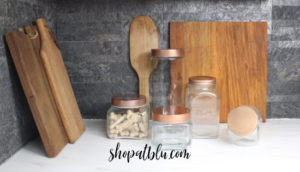

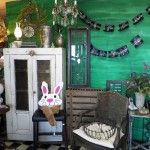


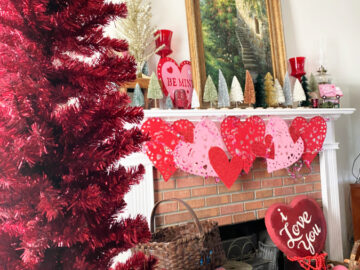



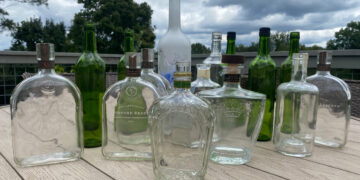

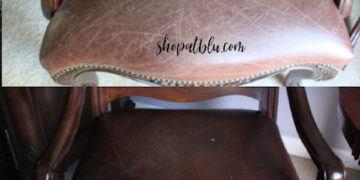



Comments 0